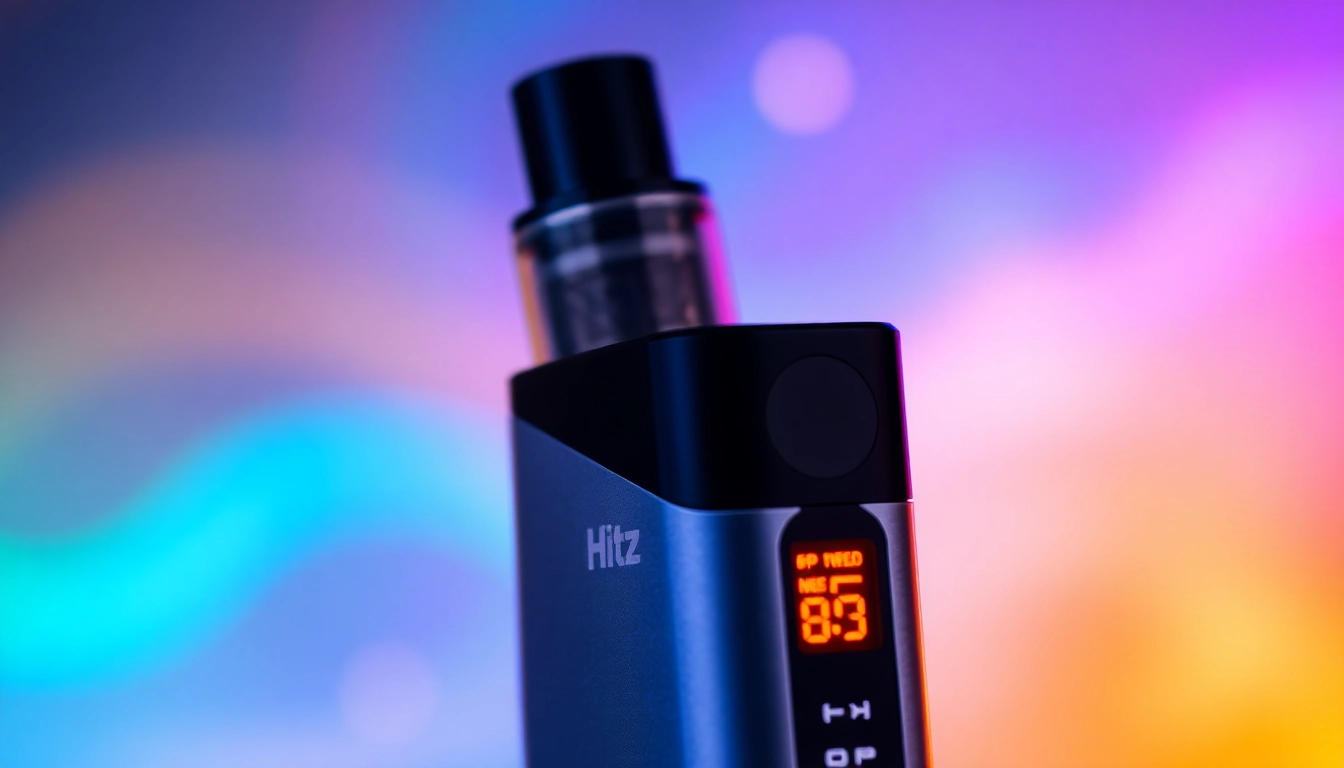Introduction: Unlocking the Future of AI Image Editing with Nano Banana
In the rapidly evolving landscape of artificial intelligence and digital imagery, tools that combine precision, creativity, and user-friendliness are transforming how creators, businesses, and hobbyists generate visual content. Among these groundbreaking innovations stands Seedream 4, a cutting-edge AI model renowned for its unified approach to image generation and editing. However, an even more sophisticated option is emerging on the horizon—Nano Banana—an AI platform designed to finally understand your creative intent with unparalleled accuracy and consistency. This article explores how Nano Banana leverages advanced AI technologies to revolutionize image editing, compares it with Seedream 4, and highlights the practical ways creators and enterprises can maximize its potential for stunning, professional-quality visuals.
What is Nano Banana? An In-Depth Overview
Nano Banana is an innovative AI-powered image editing platform that emphasizes natural conversation, creative flexibility, and precision. Unlike traditional AI tools that often struggle with consistency and require meticulous prompt engineering, Nano Banana employs state-of-the-art conversational AI, like Google’s Gemini 2.5 Flash Image, to foster seamless dialogue between users and the system. This breakthrough approach allows users to refine images interactively—simply upload an initial sketch or photo and then “chat” with the AI to achieve their desired result.
Core features include transforming rough sketches into photorealistic images, creating detailed 3D characters, complex scene reimagining, and offering endless style variations—all while preserving the core intent and structure of the original content. Its ability to understand nuanced instructions and adapt to creative feedback makes it uniquely suited for professionals demanding accuracy and iterative control, including game developers, visual artists, eCommerce brands, and advertisers.
Distinguishing Nano Banana from Other AI Image Tools
Addressing the Core Problem: Consistency and Natural Editing
One of the biggest pain points with AI image generators like Seedream 4 is the inconsistency across outputs, even when using the same prompts or inputs. Nano Banana directly tackles this issue by integrating conversational AI, enabling users to make incremental edits conversationally—no more endless re-rolls or starting from scratch. This natural dialogue capability ensures each adjustment is precise, maintaining the integrity of the original subject while refining style, environment, lighting, or mood.
Technology Behind the Magic
Nano Banana leverages Google’s Gemini 2.5 Flash Image, an advanced conversational AI interface that integrates sophisticated image understanding and editing capabilities. This allows users to describe adjustments conversationally—”make the background autumn-themed,” or “add more depth and shadows”—and see real-time previews. Its multi-modal approach supports sketches, detailed drawings, and full scenes, translating simple inputs into professional-grade images with depth, volume, and consistent character features.
User Experience and Practical Advantages
Compared to traditional models, Nano Banana is designed for intuitive usability, reducing the learning curve for new users while offering robust features for seasoned professionals. Its ability to preserve stylistic intent across multiple outputs, adapt to different artistic directions, and handle complex scene transformations makes it a versatile tool for diverse creative demands.
How Nano Banana Interacts with Flash Image and Related Technologies
Nano Banana is integrated with Flash Image, a product recognized for its reliable AI image enhancement and editing via conversational interfaces. This partnership ensures real-time alterations, high-fidelity outputs, and streamlines workflows. Users benefit from the Gemini 2.5’s advanced understanding, pushing beyond prompt-based limitations by enabling natural language dialogue—resulting in images that exactly match user expectations.
This synergy allows easy onboarding for new users, with features like automatic lighting adjustment, environment reimagination, and style continuity, all accessible through conversational commands. The seamless integration also means professionals can incorporate Nano Banana into existing workflows for game development, animation, product visualization, and more, with minimal technical barriers.
Cost, Usage Rights, and Commercial Applications
Pricing Models and Accessibility
While specific pricing may vary based on licensing agreements or subscription tiers, Nano Banana aims to provide flexible options suitable for freelancers, startups, and enterprise clients. Many features are available on a pay-as-you-go or subscription basis, reflecting the value of its advanced AI capabilities. The exact costs depend on the scope of projects and usage frequency, with tiered plans ensuring affordability for small creatives and scalability for large teams.
Commercial Rights and Usage Policies
Images generated with Nano Banana are typically licensed for commercial use, enabling creators to utilize their visuals for branding, advertising, eCommerce, and multimedia content without restrictions. This democratizes high-quality visual content creation, removing barriers associated with traditional photo shoots or manual editing. Users should review specific licensing terms provided at registration or during purchase to ensure compliance.
Practical Applications and Creative Potential
Transforming Sketches Into Photorealism
One of Nano Banana’s standout features is its capability to interpret rough sketches and turn them into stunning, photorealistic images. Artists and designers can quickly iterate on concepts—upload a doodle or detailed drawing, then converse with the AI to adjust lighting, environment, or style until the image meets their vision. This accelerates creative workflows and enhances collaboration between creators and clients.
Generating Unique 3D Characters and Reimagining Scenes
For game developers and animators, Nano Banana offers the ability to convert flat 2D designs into three-dimensional characters with correct depth, volume, and lighting—streamlining character creation for virtual worlds and animations. Scene transformations, such as changing seasons, weather, or atmosphere, can be achieved through conversational prompts, preserving the primary subject’s integrity while exploring diverse creative variants.
Endless Style Variations and Artistic Exploration
Developers and marketers often need multiple artistic interpretations to find the perfect aesthetic fit. Nano Banana facilitates this by applying different styles—ranging from hyper-realistic to abstract—across the same subject. This flexibility supports branding consistency, product differentiation, and creative experimentation without the need for multiple software tools.
Implementation Tips for Maximizing Nano Banana’s Capabilities
Effective Uploading and Refinement Strategies
Begin with high-quality inputs—whether sketches, photographs, or flat designs. Use the conversational AI feature by describing precise edits, such as adjusting mood, lighting, or background. Regular previews allow incremental refinement, reducing revisions and ensuring alignment with your vision.
Enhancing Depth, Lighting, and Environment
Ask Nano Banana to add realistic depth and lighting effects—”create soft sunlight shading,” or “add volumetric fog”—to elevate flat images into captivating visuals. Reimagine settings by instructing enhancements like seasonal changes, urban or rural backgrounds, or atmospheric mood shifts, all while anchoring the main subject.
Leveraging Creative Exploration and Style Consistency
Experiment with multiple artistic styles by instructing the AI to generate variations—”render this as a watercolor,” or “make it look like a cyberpunk scene.” To maintain consistency across projects, save style templates and apply them to multiple images, allowing cohesive branding and visual narrative development.
Business and Creative Applications
Branding and Marketing
With Nano Banana, brands can swiftly develop consistent visual assets—product images, advertising banners, and social media content—accelerating campaigns while maintaining style fidelity. Its capacity to generate photorealistic images and scene variations enables dynamic storytelling to engage audiences effectively.
Game Development and Animation
Transform concept sketches into detailed 3D characters, scenes, or props, reducing reliance on manual modeling. By enabling scene reimagination and character consistency, Nano Banana expedites pre-production workflows and enhances visual quality.
E-commerce and Product Visualization
High-quality, consistent product images play a vital role in online sales. Nano Banana allows eCommerce businesses to create appealing visuals of products from multiple angles, under various conditions, and in different styles—fostering increased conversion rates and brand trust.
Looking Ahead: The Future of AI Image Editing — Seedream 4 vs Nano Banana
Speed, Fidelity, and Flexibility
Seedream 4, developed by ByteDance, has gained recognition for its rapid output and high-fidelity image creation. It surpasses many competitors in speed, generating images in mere seconds with professional-level quality. However, Nano Banana distinguishes itself by its conversational AI interface, allowing iterative, natural dialogue-driven edits that foster greater creativity and control.
Emerging Ecosystem of AI Tools in 2025
As AI technology continues to mature, a vibrant ecosystem of image generation tools—each with unique strengths—competes for market dominance. Seedream 4 remains a leader in speed and raw fidelity, while Nano Banana carves out its niche through usability, consistency, and fine-tuned creative exploration. Future trends suggest convergence, with hybrid models integrating the best features from both worlds for even more robust creative workflows.
What Innovations Can Creators Anticipate?
Looking forward, AI tools will further integrate multi-modal capabilities—combining text, sketch, and video inputs—to enhance versatility. Real-time collaboration features, augmented reality integration, and more personalized AI models will empower creators to push boundaries beyond current limits, making visual content creation more accessible, accurate, and imaginative than ever before.


